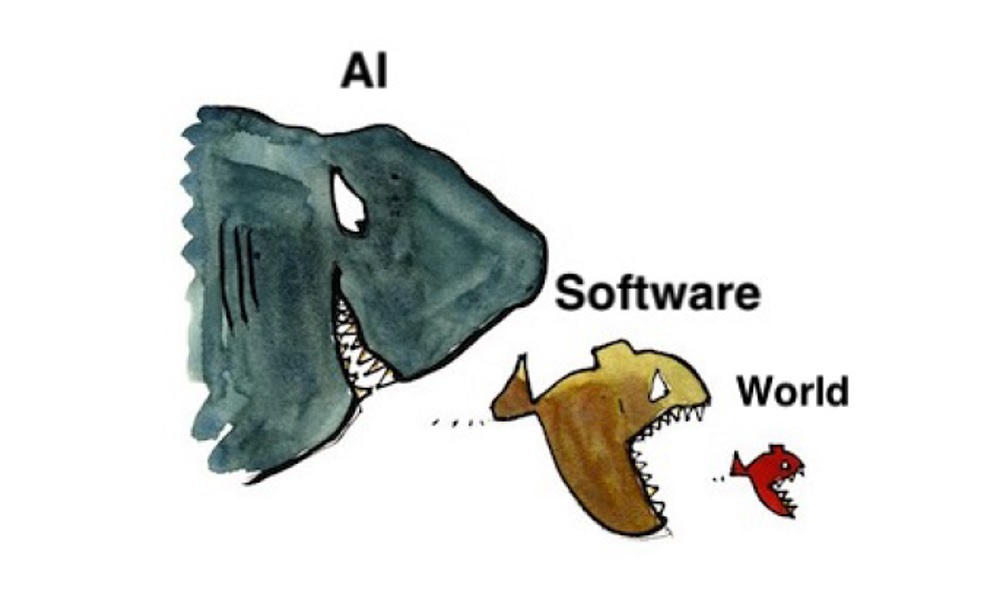We continue our reflection on all the opportunities and challenges stemming from the combination of modeling and artificial intelligence.
As part of this process, I’ve recently given a few talks on this topic. In the talks, I’m first reassuring you that AI is not a threat for modelers, since our job is both creative and requires empathy and human interaction (based on the classification by Kai-Fu Lee). And then I move on to claim that AI is, in fact, the complete opposite. AI could become the modeler’s best friend. To illustrate this part, I identify the best opportunities in both directions:
- How modeling can benefit the AI community?. For instance, take a look at our model-based bot development framework or the plethora of tools for modeling Machine Learning pipelines (built by ML experts but not modeling experts, we can do much better!!).
- How AI can help the modeling community?. Here we’re looking at smart modeling tools, the use of graph kernels for model management operations and, in general, any of the cognification opportunities we discussed here.
You can see here the slides of this talk. I hope you find it interesting, at the very least as a quick way to get an overview of the main things that are going on in the area. Reach out if you’d like more information on any of the topics I mention there!.
FNR Pearl Chair. Head of the Software Engineering RDI Unit at LIST. Affiliate Professor at University of Luxembourg. More about me.




Having combined MBSE and AI/ML several times there is no doubt in my mind that MBSE is a major enabler for developing efficient AI/ML solutions. A well designed and understood information model very clearly pinpoints the key aspects of a system that an AI/ML solution needs to focus on. More than once I have seen intended AI/ML solutions being reduced to simple statistics because an efficient semantic description was identified during modelling.
It very much like performing lowpass filtering of a signal using time-domain data vs frequency-domain data. It’s trivial to do in the frequency domain and a pain in the rear end to do in the time domain.
Thanks Nils for your comment. I fully agree with you and love the example of MDE being in fact able to reduce the complexity of the “supposedly” ML problem